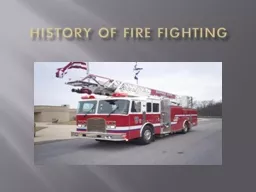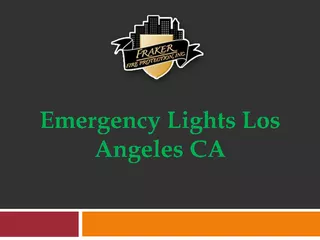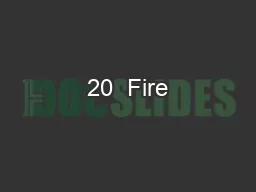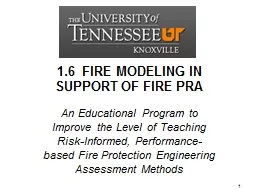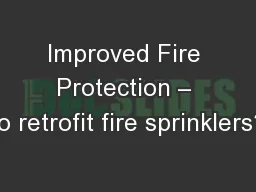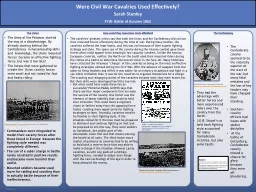PPT-History of Fire Fighting
Author : giovanna-bartolotta | Published Date : 2016-06-27
United States In 1631 Bostons governor John Winthrop outlawed wooden chimneys and thatched roofs In 1648 the New Amsterdam governor Peter Stuyvesant appointed four
Presentation Embed Code
Download Presentation
Download Presentation The PPT/PDF document "History of Fire Fighting" is the property of its rightful owner. Permission is granted to download and print the materials on this website for personal, non-commercial use only, and to display it on your personal computer provided you do not modify the materials and that you retain all copyright notices contained in the materials. By downloading content from our website, you accept the terms of this agreement.
History of Fire Fighting: Transcript
Download Rules Of Document
"History of Fire Fighting"The content belongs to its owner. You may download and print it for personal use, without modification, and keep all copyright notices. By downloading, you agree to these terms.
Related Documents

